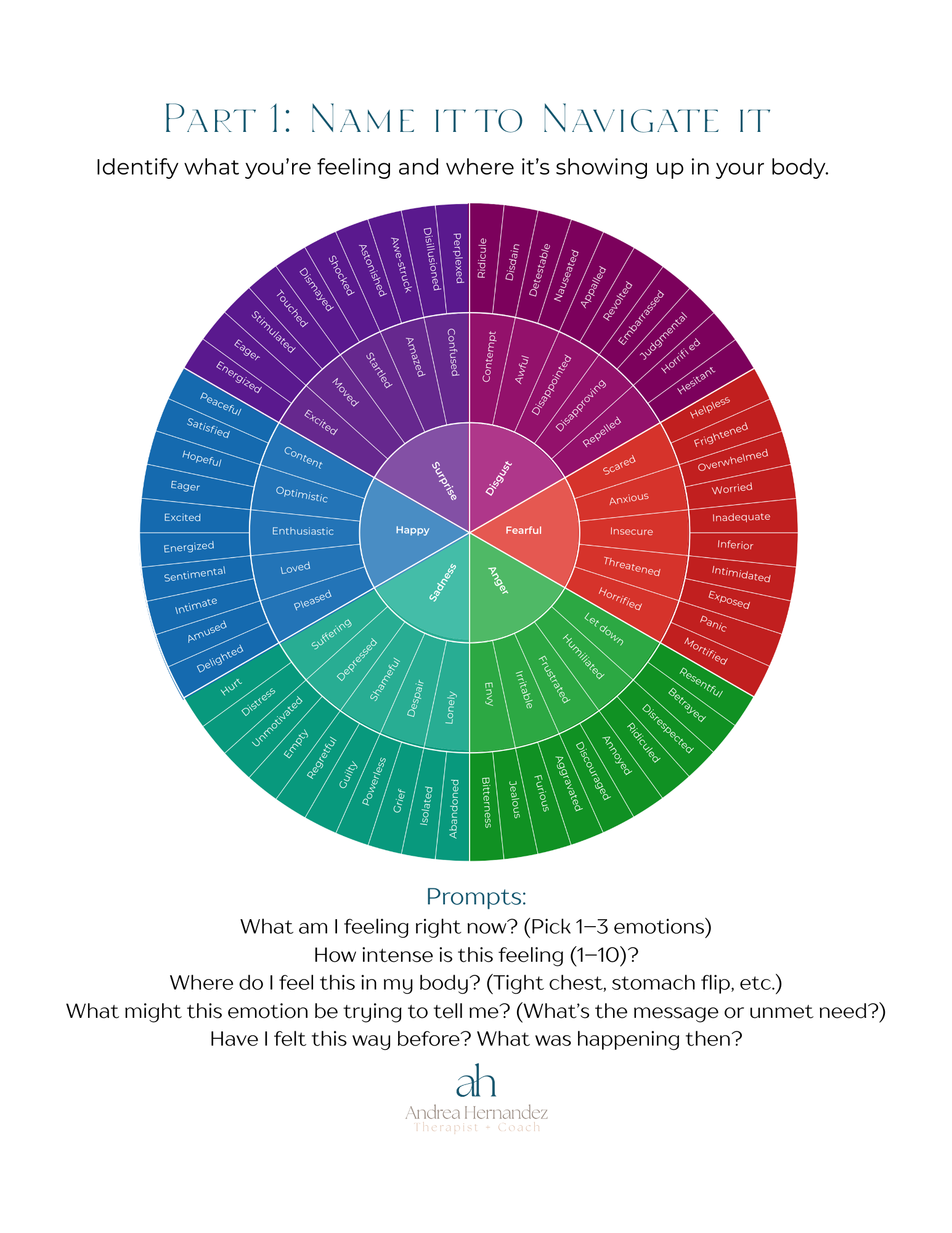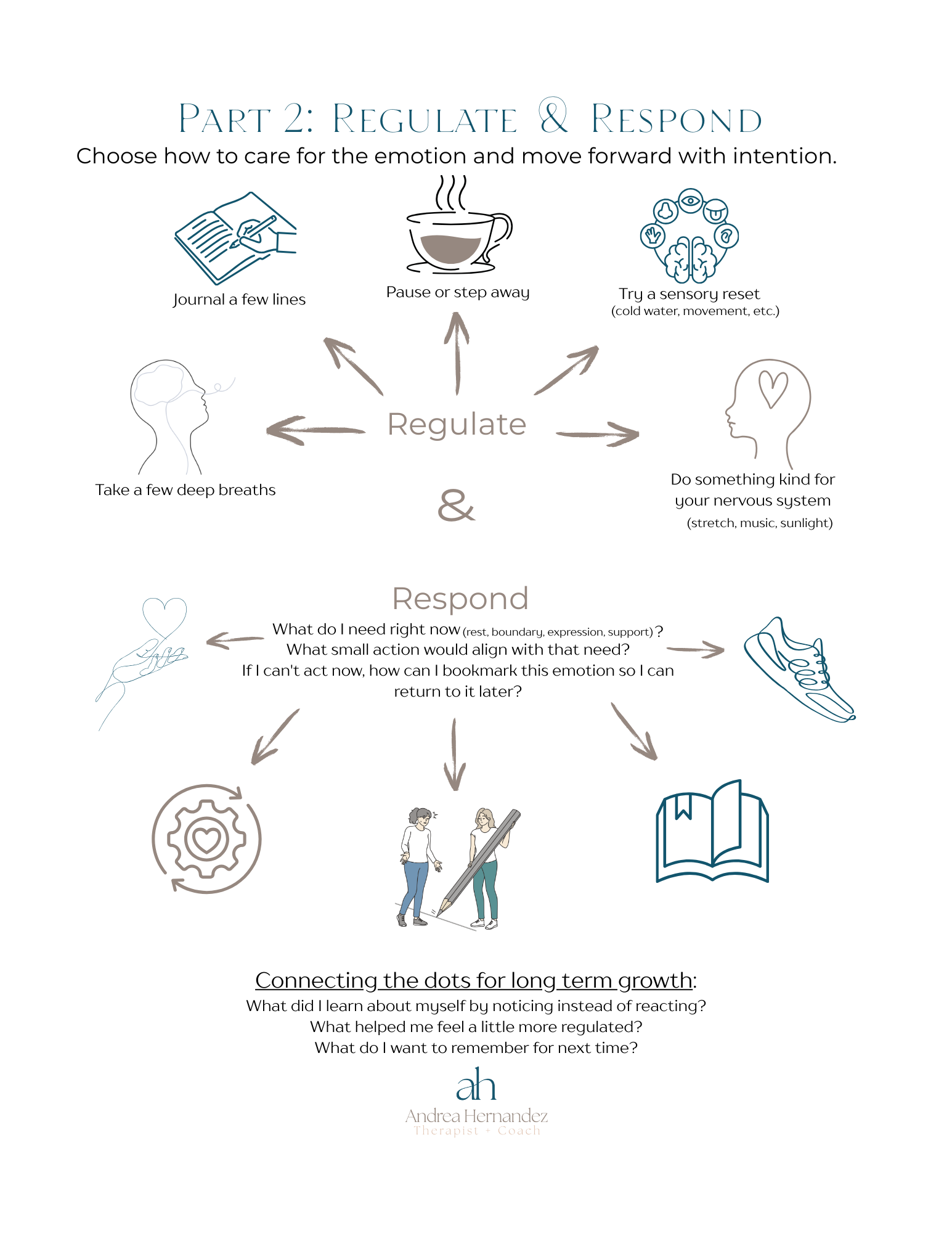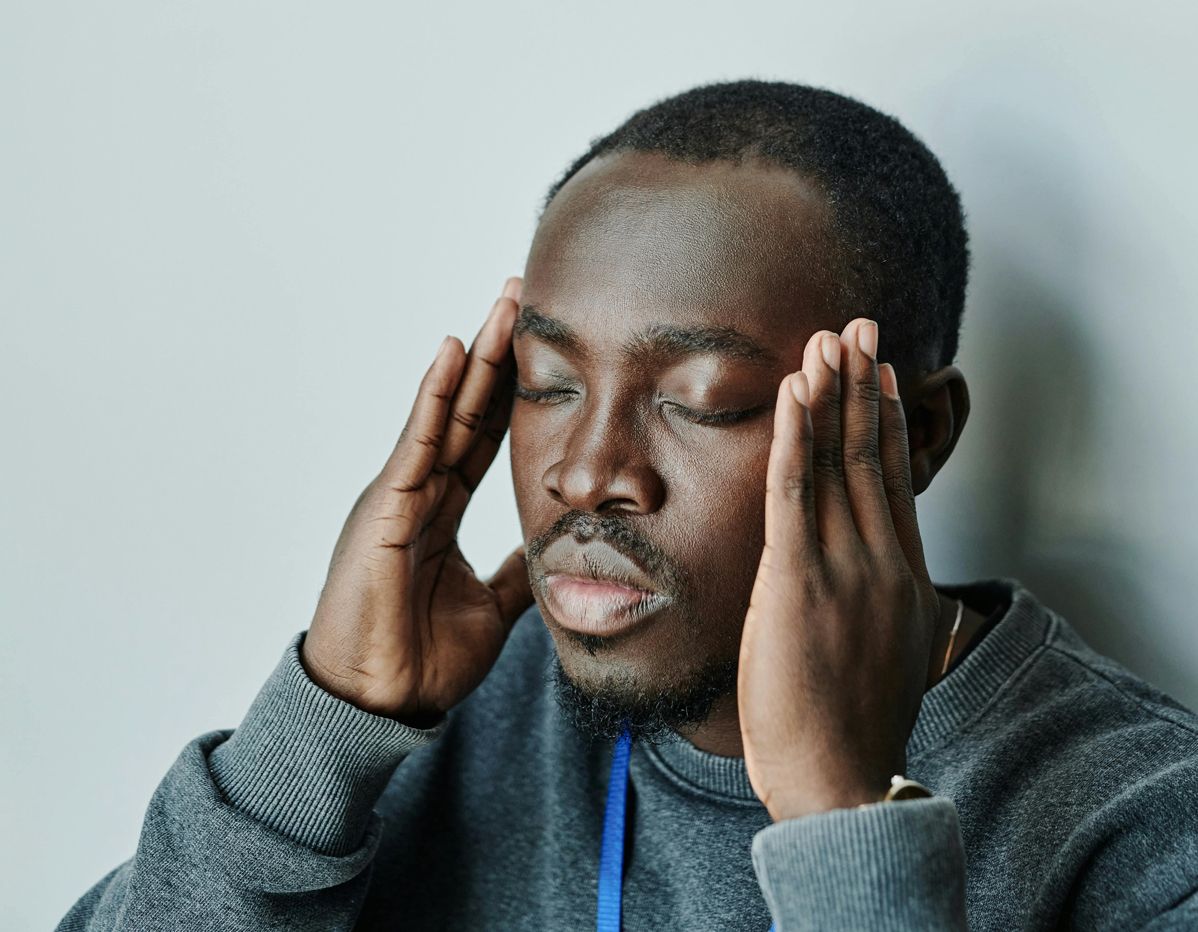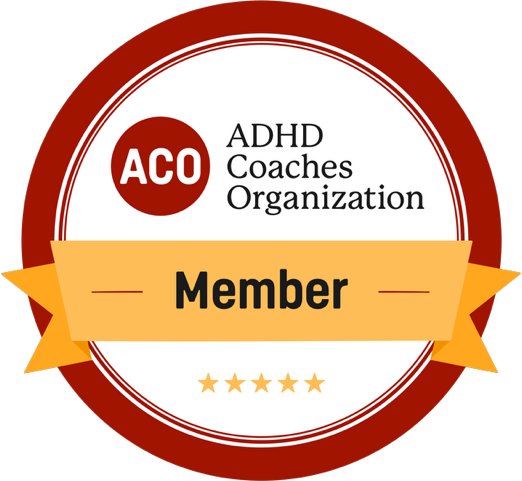Foundations of Prioritization: Core Tools for Making Decisions When Everything Feels Urgent
For so many of us—especially those navigating ADHD, anxiety, or high-demand lives—prioritization doesn’t come naturally. It’s not about laziness or lack of discipline; it’s about managing a constant flow of inputs without a clear filter. You know the feeling: the to-do list is a mile long, everything feels important, and your brain is bouncing between urgency and inertia.
That’s why I created the Foundations of Prioritization handout—a visual guide to three core tools that help reduce overwhelm and build sustainable habits around decision-making. These aren’t trendy hacks. They’re time-tested frameworks that help you move from reactive scrambling to intentional, values-based choices.
Let’s walk through what each one does—and how they work together
1. The Eisenhower Matrix: Cut Through the Noise
The Eisenhower Matrix helps you sort your tasks into four categories:
- Urgent and Important – Do it now.
- Important but Not Urgent – Schedule or plan it.
- Urgent but Not Important – Delegate or defer.
- Neither Urgent nor Important – Let it go.
This tool is powerful because it interrupts autopilot decision-making. Instead of reacting to whatever pings loudest, you’re pausing to ask:
“Is this urgent?” and “Is this truly important?”
Why it works:
It visually separates pressure from priority. It also helps you notice patterns, like saying yes to things that don’t align with your goals, or neglecting long-term growth tasks because they’re not urgent (yet).
Pro tip: You can relabel the quadrants to make them feel more personal and intuitive. Some of my clients use:
- Must-do now
- Build the life I want
- Maybe—not mine to carry
- Noise I can let go of
2. The Energy Audit: Match Your Tasks to Your Bandwidth
Most prioritization systems are built around time. But time isn’t your only resource—your energy and attention matter just as much.
The Energy Audit helps you assess:
- What gives me energy?
- What drains me?
- What feels neutral?
This reflection is especially helpful when planning your week or understanding why certain
routines fall apart. Sometimes our energy level is mismatched with a task—understanding how
your bandwidth fluctuates across a day can be a game changer. It’s also great for recovering
from burnout or navigating executive dysfunction.
Why it works:
It increases self-awareness and encourages realistic planning. It gives you permission to work
with your energy patterns instead of fighting them.
How to use it:
Do a weekly audit. Then try scheduling high-drain tasks when you tend to feel most focused,
and use low-energy times for neutral or refueling activities.
3. The 3 Buckets Model: Reclaim Purpose and Perspective
This model breaks your day or week into three buckets:
- Maintenance –Admin, errands, home/life logistics
- Growth – Projects, goals, relationships, learning
- Distraction – Tasks that feel urgent but don’t add value
It’s a gut-check tool. When everything feels equally important, the buckets help you ask:
“Am I spending my time where it actually matters?”
Why it works:
It puts your day in context. You might feel busy all day—but if your bucket is full of distractions, you’re not building the life you want. On the flip side, you might feel guilty about taking a break, but if it’s energy-restoring maintenance, it belongs.
Combining the Tools: Layer for Clarity and Consistency
Each of these tools works on its own—but they’re even more powerful when layered:
- Use the Eisenhower Matrix to clarify what’s truly urgent vs. important.
- Use the Energy Audit to decide when to do which task.
- Use the 3 Buckets to assess whether your time reflects your priorities.
When used regularly, these tools create rhythm and reflection. They help you override urgency culture and stay anchored in what actually matters—to you.
I’ve created a free downloadable handout, The Pause That Changes Everything—a simple 5-step guide you can use when overwhelm or avoidance shows up. It walks you through how to move from automatic reactivity to intentional decision-making, using compassion and clarity as your anchors.
It’s a small resource that can make a meaningful difference—especially if you’re working on emotion regulation, discernment, or living more in alignment with your values.
Final Thoughts
Prioritization isn’t just about productivity—it’s about alignment. It’s about creating a life where your time, energy, and values are working together, not pulling in opposite directions.
Whether you're neurodivergent, emotionally overloaded, or just tired of running on autopilot, these tools can help you find a more grounded, intentional way forward.
Want the visual version?
Download the free handout: Foundations of Prioritization
Use it to guide your weekly planning, pause in moments of decision fatigue, or simply build a little more clarity into your day.
Because when you prioritize with intention, you don’t just get more done—you feel more like
Want support?
If you’re noticing emotional overload, confusion, or relational stress on a daily basis, you're not alone. Whether through therapy or coaching, I help clients untangle these dynamics, reconnect with themselves, and move forward with clarity and self-trust.
Explore my
free resource library or
get in touch if you're ready to start untangling the overwhelm.
Please complete the form below to gain access to my handouts library.



















